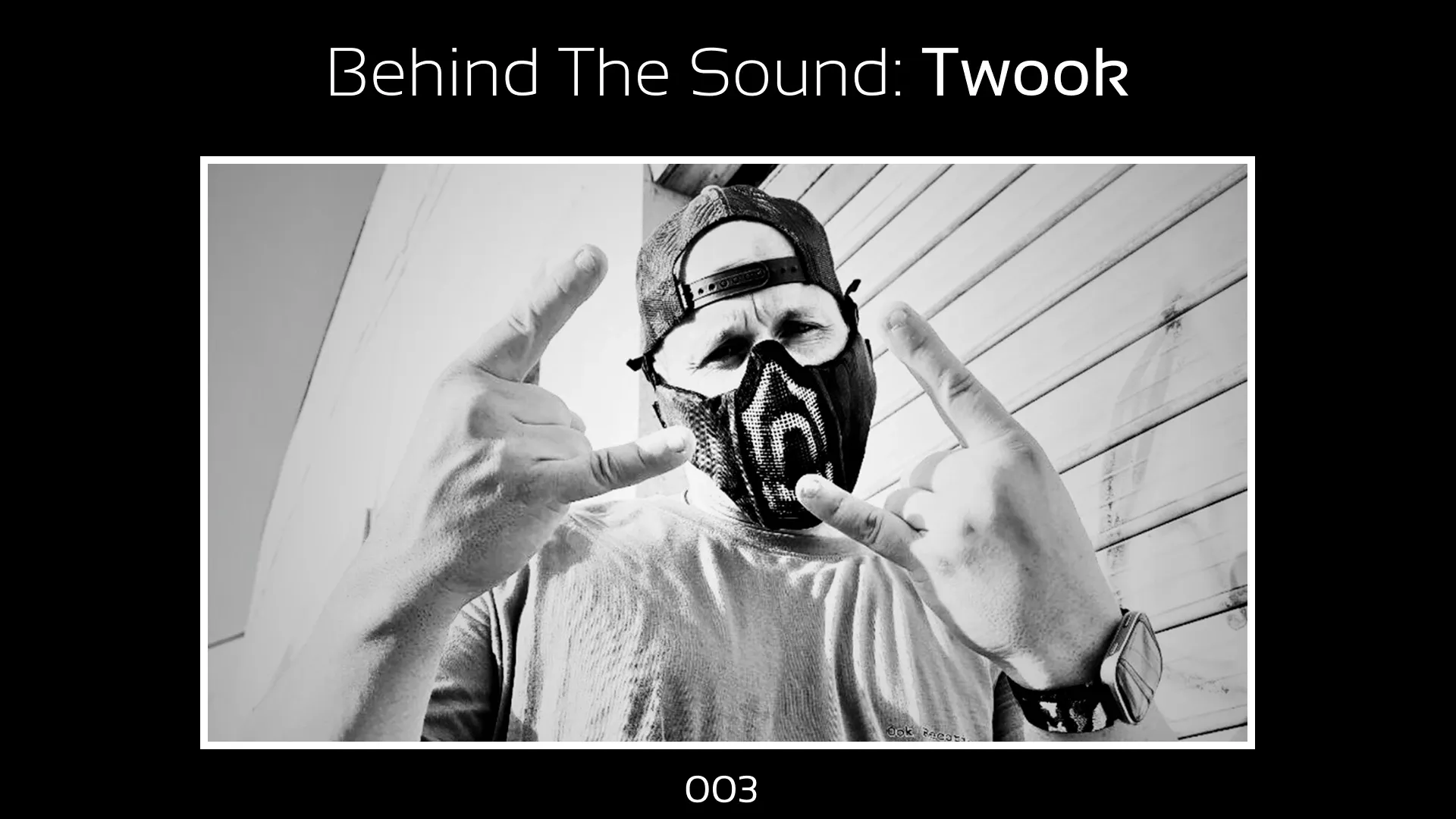Is the B2B Format Replacing the Solo Set?
From underground collectives to global stages, DJ duos and back-to-back sets are reshaping club culture in 2025. Discover why shared sets are challenging the solo DJ model and creating new energy on the dancefloor.
2 minutes read
Intro
Once seen as a novelty or festival treat, back-to-back DJ sets are now a fixture of club culture. But as the lines between friends, collaborators, and brands blur, the rise of B2B sets and collectives mixing together is shifting the shape of the dancefloor. Is the age of the solo selector giving way to a new, shared energy?
The Power of Two (or More)
At major clubs and underground parties, B2B sets are no longer just bonus material, they're often the main event. Whether it’s two big names teaming up or a lesser-known collective creating synergy, audiences are responding to the chemistry, unpredictability, and crowd-focused energy that B2B sets deliver.
In 2025, this has evolved into something more structured. Some duos now brand themselves as full-time acts, complete with visuals, joint releases, and signature sounds. Others come from label crews, queer collectives, or local scenes where collaboration is core.
More Than Just a Set
What makes these collaborations stand out isn’t just two people playing records, it’s the way they shape space together. From trading tracks mid-transition to choreographed movements behind the decks, B2Bs often feel more performative, even theatrical. The dialogue between DJs becomes part of the show.
In a time when crowd attention is split between dancing and filming, these dynamic performances also fare better on camera. Two DJs reacting to each other, hyping the crowd, and building tension visually creates a more shareable experience.
Community, Not Ego
The shift also reflects a deeper change in values. Many scenes are moving away from the superstar DJ model toward community-based lineups. Tag-team sets can signal humility, trust, and a break from ego-driven programming. They make room for mentorship, experimentation, and broader representation.
This resonates especially in spaces prioritising inclusivity; queer raves, POC-led nights, and femme/non-binary-focused parties often use collective formats to reshape power behind the booth.
The Limits of Collaboration
Still, not all shared sets land. Poor chemistry, clashing styles, or unclear flow can muddle a night. Some critics argue that too many B2Bs dilute individual artistry or rely too heavily on gimmick. There’s also the question of who gets top billing and why.
Yet when done right, the B2B format offers something a solo set often can’t: spontaneity, tension, joy, and mutual respect, all unfolding in real time.
What Comes Next?
With DJ collectives releasing joint EPs, co-hosting residencies, and building followings together, the collaborative spirit isn’t going away. The booth is no longer just a platform for one, it’s a shared space, a conversation, a performance.
And for the dancefloor, that might be the most exciting part of all.



